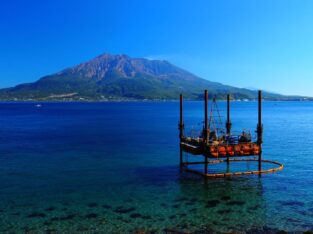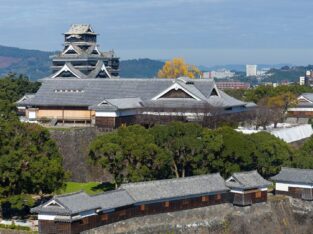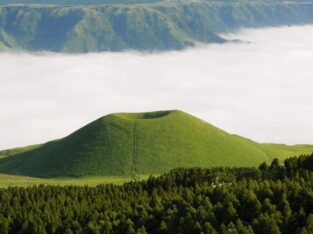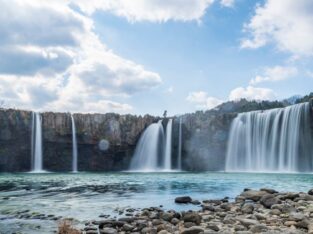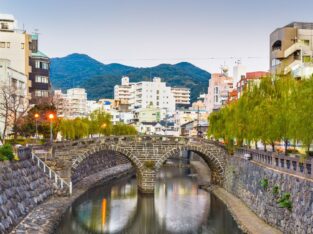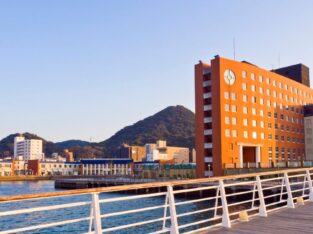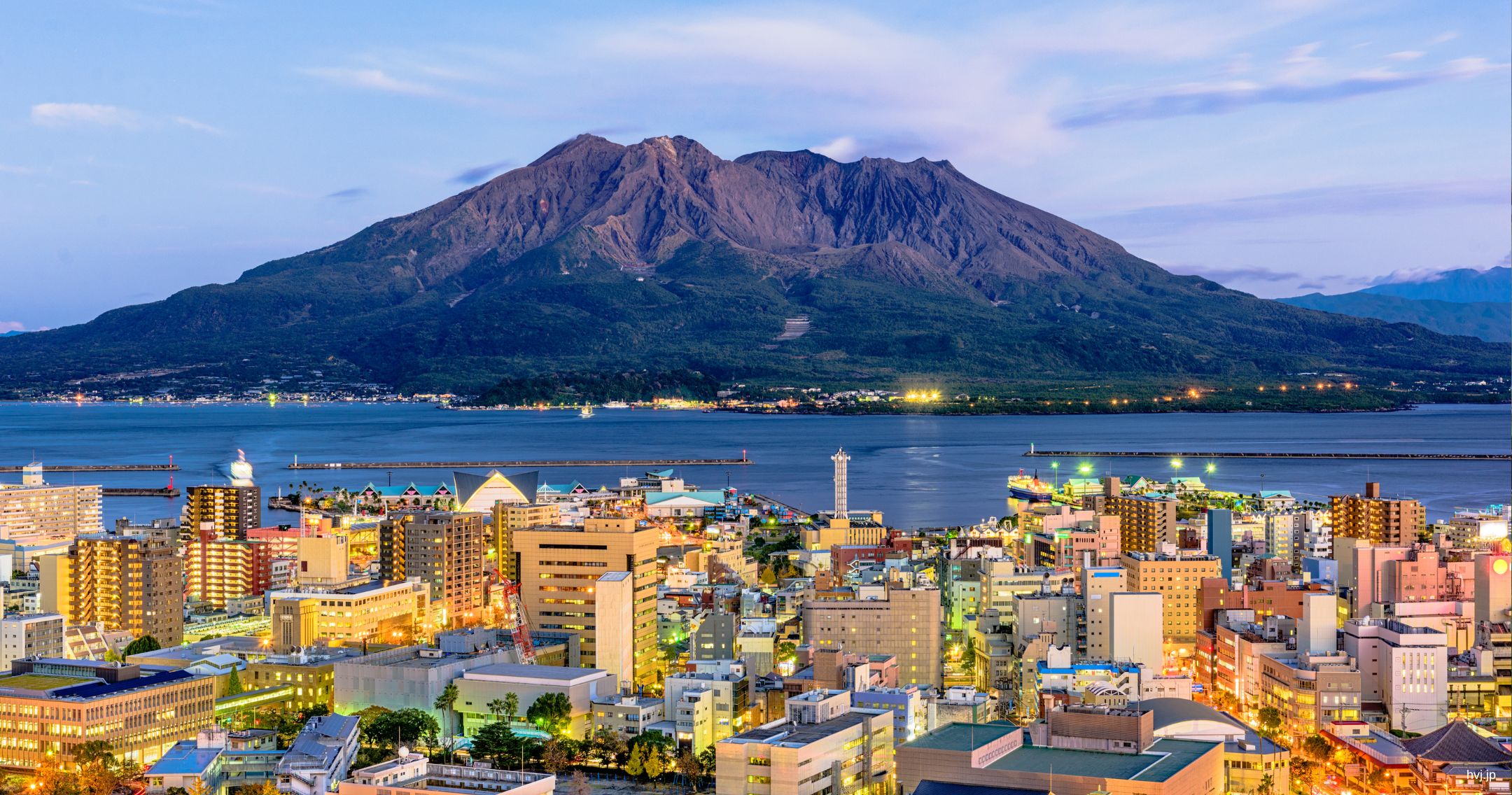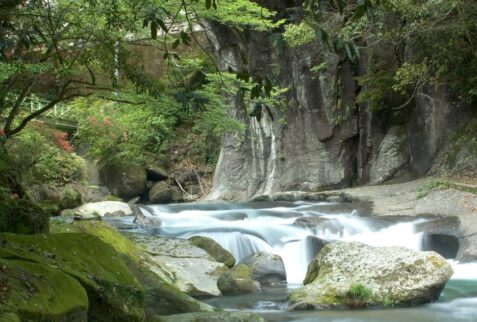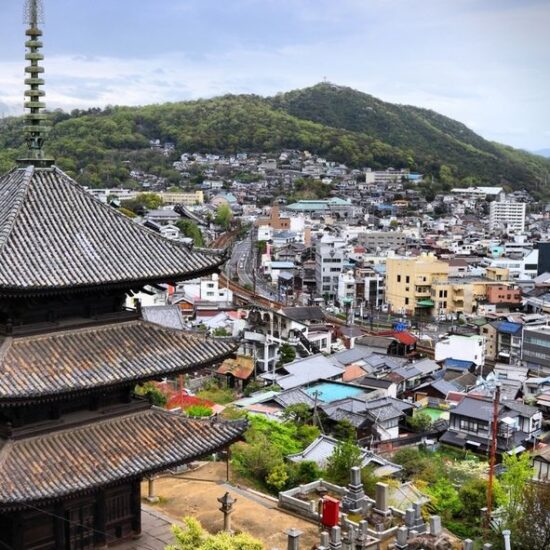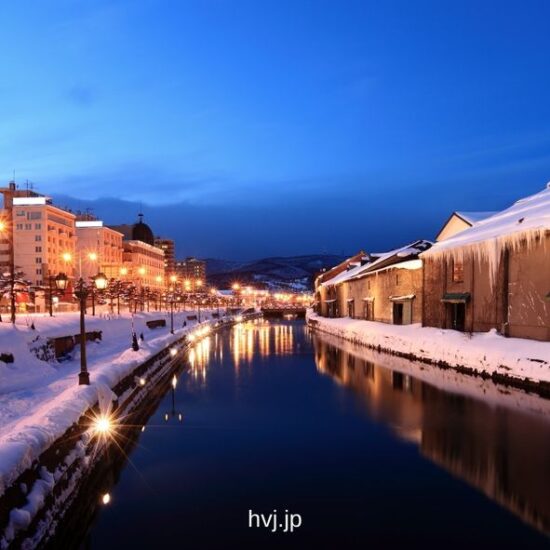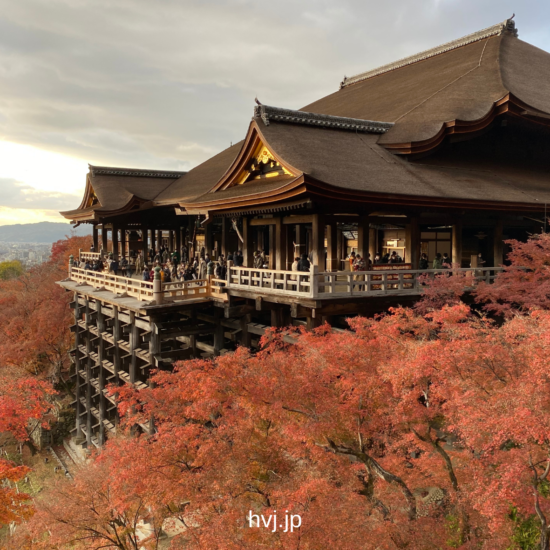Kyushu
Japan’s Island of Natural Wonders and Rich History
Kyushu, the southernmost of Japan’s four main islands, is a region known for its diverse landscapes, vibrant culture, and deep historical roots. From active volcanoes to serene hot springs, and from ancient temples to bustling modern cities, Kyushu offers a dynamic blend of nature, history, and contemporary life. The island’s natural beauty is on full display at Mount Aso, one of the world’s largest active volcanoes, and the stunning caldera of Sakurajima in Kagoshima. Whether you’re exploring its lush countryside or enjoying the urban energy of cities like Fukuoka and Nagasaki, Kyushu is a place where adventure and tradition meet.
Kyushu’s rich history is woven into its landscapes and cities. Nagasaki, known for its tragic past as the second city to suffer an atomic bomb during World War II, now stands as a symbol of peace and international exchange. The Nagasaki Peace Park and Atomic Bomb Museum offer a moving reflection on the city’s history and resilience. Meanwhile, Kumamoto Castle, one of Japan’s most impressive fortresses, invites visitors to explore Japan’s feudal past, while the ancient shrines of Dazaifu provide a serene escape into Japan’s spiritual heritage. Kyushu’s historical significance is felt throughout its towns and cities, making it a destination where the past is ever-present.
One of Kyushu’s most famous draws is its abundance of natural hot springs, or “onsen.” The town of Beppu, in Oita Prefecture, is one of Japan’s top onsen destinations, known for its vast number of hot spring baths and unique “hells”—geothermal sites where steam and boiling water create otherworldly landscapes. Yufuin, nestled in the mountains, offers a more tranquil hot spring experience, with its picturesque setting and traditional inns. Kyushu’s volcanic activity has blessed the region with numerous onsen resorts, where visitors can relax and rejuvenate in mineral-rich waters surrounded by stunning natural scenery.
About
